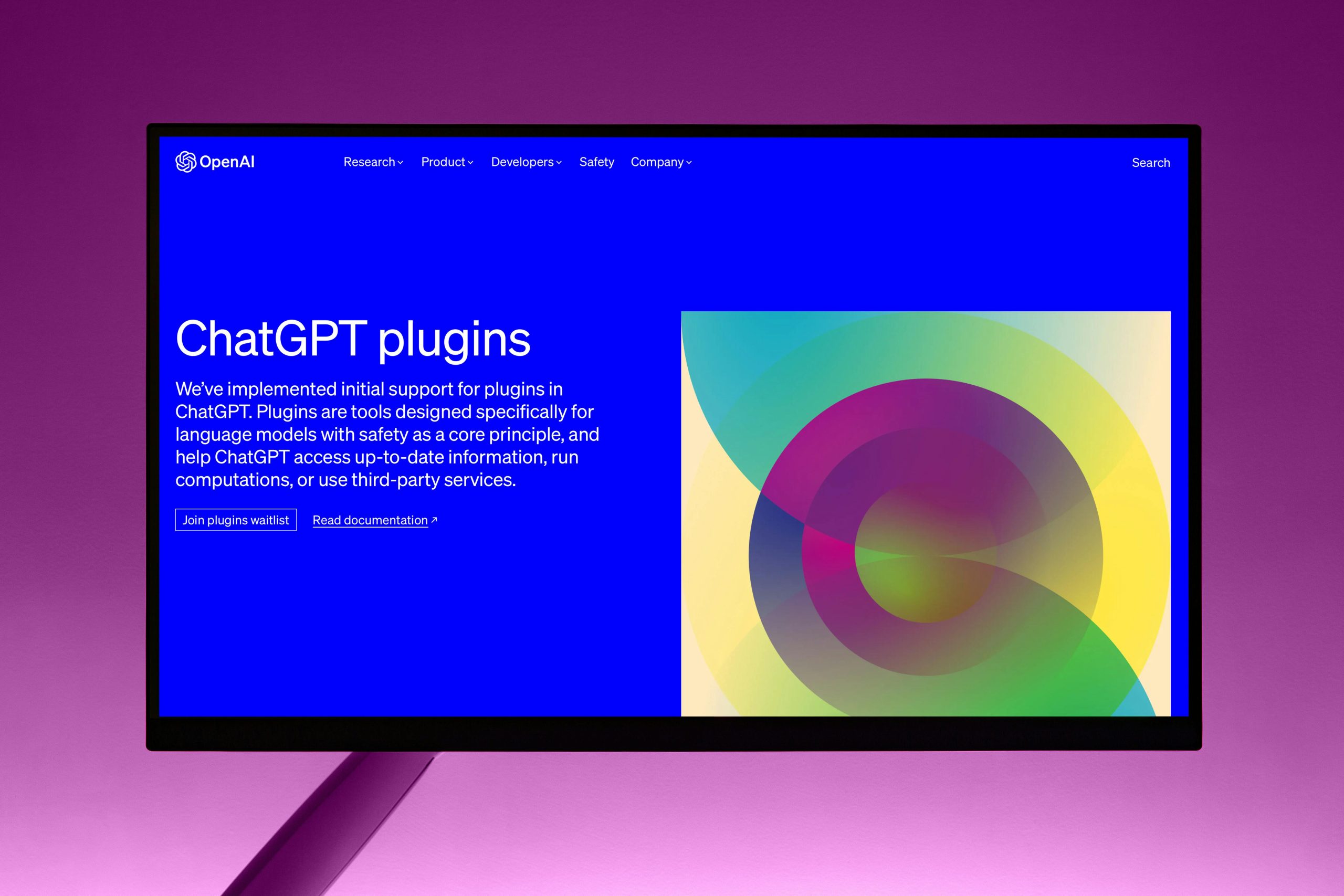The Compute-Revenue Trade-Off: Exclusivity Concessions and Guaranteed Spending
The relationship governing the lifeblood of large-scale AI—massive computing power—has been significantly matured. The new terms represent a razor-thin trade-off: Microsoft receives a colossal, guaranteed revenue stream, and in exchange, OpenAI gains a critical measure of independence regarding its future capacity needs.
The Removal of the Right of First Refusal (ROFR) for Future Compute
This is perhaps the most significant operational concession made by Microsoft. The company has relinquished its previous “right of first refusal” concerning OpenAI’s future compute needs beyond the current contract.
Let’s put this in perspective. While OpenAI has committed to spending an astounding two hundred fifty billion dollars on Azure over the contract period, Microsoft no longer holds the contractual guarantee to be the exclusive provider for any additional compute workloads OpenAI might require later, or for unforeseen needs that scale beyond the current commitment. This opens the door—strategically, if not immediately—for OpenAI to diversify its computational infrastructure partners in the future, signaling a lean towards a multi-cloud infrastructure strategy for its most advanced training runs. This change directly acknowledges that the scaling curve for frontier AI might eventually outstrip even a quarter-trillion-dollar commitment.
The Azure Lock-In: A Multi-Year Foundation. Find out more about Microsoft independent AGI research tracks.
It is vital not to overstate the immediate impact of the ROFR removal. The $250 billion commitment to Azure remains a substantial, multi-year lock-in. This massive financial guarantee provides Microsoft with revenue stability and continued preferential treatment as the primary platform, ensuring their investment continues to yield massive returns as OpenAI trains its next generation of models. For the industry, this reinforces Azure’s position as the default, go-to cloud for massive AI workloads. Think of it like a massive, long-term mortgage: the house is yours to customize, but the loan repayment schedule is locked in stone.
The AGI Verification Mandate
To further cement the structure until AGI is formally achieved, the new terms include a critical governance element: any declaration of AGI by OpenAI must now be verified by an independent expert panel. This removes the potential for a premature or self-serving announcement that could alter the commercial terms before true AGI is reached, giving both parties a measured runway. This external verification is a hallmark of maturing ai-governance-frameworks.
Operational Evolution: Accessing Sensitive Markets and Embracing Open Science
The agreement also refined how OpenAI’s technology interfaces with the government and the broader research community. These changes reflect a pragmatic acceptance of geopolitical realities and the scientific necessity of transparency in certain contexts.
Broadening National Security Access Capabilities. Find out more about Microsoft independent AGI research tracks guide.
In a move that addresses critical infrastructure needs, the revised agreement introduces explicit permission for OpenAI to service sensitive U.S. national security customers. Previously, contractual constraints or cloud hosting stipulations may have created friction or barriers to entry for these vital, high-stakes government entities.
Under the new terms, OpenAI is now explicitly permitted to offer its API access to these specialized customers regardless of which cloud platform that specific national security entity chooses to host its operations on. This acknowledges the unique security posture and mandatory cloud flexibility requirements of government agencies, which often involve hybrid or multi-cloud deployments for top-secret workloads. This provision opens a significant, high-value market segment for OpenAI, while ensuring that national security clients are not locked into a single vendor for their most advanced AI capabilities.
The Significance of Permitted Open-Weight Model Releases
A key liberation for the global research community—and a clever strategic move by OpenAI—is the newly acquired ability to release certain models as “open-weight” versions. This is not a blanket decision to open-source all technology. Instead, it is contingent upon those models meeting specific, pre-defined requisite capability criteria within the agreement.
This suggests a nuanced, tiered strategy: reserve the absolute most powerful, closed-source models (the ones possibly closest to AGI) for exclusive commercial partners like Microsoft. However, by strategically opening the weights of models that meet a certain, high bar of capability, OpenAI achieves several goals:. Find out more about Microsoft independent AGI research tracks tips.
- Fostering External Auditing: It allows the academic and safety communities to conduct far more rigorous, independent auditing of the model’s behavior, safety mechanisms, and potential biases outside of proprietary testing environments.
- Accelerating Ecosystem Innovation: It drives innovation across the entire developer ecosystem by providing accessible, powerful base models. For example, the release of the GPT-OSS family of models demonstrates this principle in action, making powerful architecture widely runnable.
- Strategic Positioning: It positions OpenAI as a contributor to open science, balancing the immense commercialization happening behind closed doors.
- Microsoft is Hedging: Expect Microsoft to rapidly accelerate its internal AGI research, leveraging its massive R&D budget and hardware investments to build a separate track.. Find out more about Removal of right of first refusal OpenAI compute definition guide.
- OpenAI is Diversifying: Look for joint product announcements with non-Microsoft entities across various industries, especially in non-API centered solutions.
- Azure is Still King (For Now): The $250 billion Azure commitment ensures Microsoft remains the primary beneficiary of OpenAI’s largest training runs for the foreseeable future.
- Cloud Plurality is Emerging: The removal of the ROFR and the freedom for non-API products signal that a true multi-cloud strategy for AI workloads is now on the table for OpenAI.
- Safety Meets Openness: The criteria-based release of open-weight models indicates a new, mature phase where transparency is used as a strategic tool for safety assurance alongside proprietary advancement.
- Assess Your Cloud Risk: If your entire AI strategy relies on OpenAI models being exclusively on Azure, you must now factor in the possibility of OpenAI offering superior, specialized models via other cloud providers for non-API use cases. Start reviewing your cloud provider options.
- Monitor Microsoft’s Internal AI: Pay close attention to Microsoft’s own AI model releases that are not branded OpenAI. These will be the first clear indicators of their independent AGI pathway progress.
- Engage with Open Weights: If you are a research lab or a company focused on fine-tuning and on-premise deployment, immediately begin testing the newly released open-weight models. The cost of entry for deep customization just dropped significantly.
- Review Government Contracts: If your organization is in the national security sector, you now have clear contractual pathways to integrate OpenAI models regardless of your existing cloud host. Leverage this clarity immediately.
This is a far cry from the early days where *every* iteration was kept under lock and key. This measured openness suggests a confidence that the *next* leap—the one that truly changes the game—will be reserved for the closed tracks.
Recalibrating the Competitive Dynamics Across the Entire Industry
The culmination of these fifty-plus changes—the autonomy grants, the AGI verification panel, the massive Azure commitment, and the refined IP boundaries—serves to recalibrate the entire competitive environment for Artificial Intelligence in 2025 and beyond. We are moving from a partnership defined by *dependency* to one defined by *strategic parallelism*.. Find out more about Microsoft independent AGI research tracks strategies.
Microsoft’s Embedded Advantage and Diversified Hedge
Microsoft is, paradoxically, more deeply embedded and less constrained than ever before. They have secured a multi-year revenue guarantee of $250 billion flowing into Azure, extending their IP rights well past the AGI threshold—through 2032—for models and products. Yet, they are not constrained in their own AGI pursuits. This is the ultimate hedge: they capture massive revenue from OpenAI’s success while building a competitive internal AGI track. If OpenAI hits AGI first, Microsoft benefits financially and has near-term IP rights; if Microsoft builds its own first, they haven’t ceded the race.
OpenAI’s Structural Clarity for Aggressive Scaling
For OpenAI, the restructuring—transforming into a Public Benefit Corporation (PBC) with a clear cap table following the recapitalization—provides the structural clarity needed to aggressively scale capital-raising efforts. They have secured their runway by guaranteeing Microsoft’s compute needs while gaining the transactional flexibility to partner and deploy across various platforms. They have achieved a state where they can ensure their primary collaborator receives massive financial returns while simultaneously pursuing their mission-driven goals with greater operational agility. This complex structure is designed to sustain an aggressive, yet highly structured, race for advanced intelligence.
Actionable Takeaway: Prepare for Parallel Innovation
For the rest of the tech world, the clearest signal from this new architecture is the end of the *singular* dominant AI pathway. The industry must now plan for parallel innovation streams flowing from both a fully empowered Microsoft AI division and a commercially liberated OpenAI. Companies betting on AI infrastructure, tooling, or specialized applications must now monitor two near-equal, yet potentially diverging, frontier development paths.. Find out more about Microsoft independent AGI research tracks overview.
The Path Forward: Navigating the New Rules of Engagement
This is not just a victory for the two titans; it is a clarifying moment for the entire global artificial intelligence ecosystem. The previous opaque arrangement has been replaced by a contract that, while complex, is explicit about the boundaries of competition and collaboration. The industry will be watching closely to see how these new boundaries and freedoms influence the next generation of technological progress and market structure.
Key Takeaways from the October 28, 2025, Agreement
To consolidate what this means for your strategic planning, remember these core shifts:
What You Should Do Next: Actionable Insights for Developers and Business Leaders
As an executive or developer building on AI today, your planning must adapt to this new reality. Don’t assume exclusivity across the board anymore.
This restructuring is about institutionalizing the race for Artificial General Intelligence. It’s cleaner, more transparent in its commercial terms, and ultimately, it guarantees that both titans will be accelerating at maximum velocity, forcing the entire industry to keep pace. The next few years will be defined by the competition and the occasional collaboration emerging from this newly balanced power structure. What applications do you think will be the first to emerge from OpenAI’s newly diversified partnerships?











